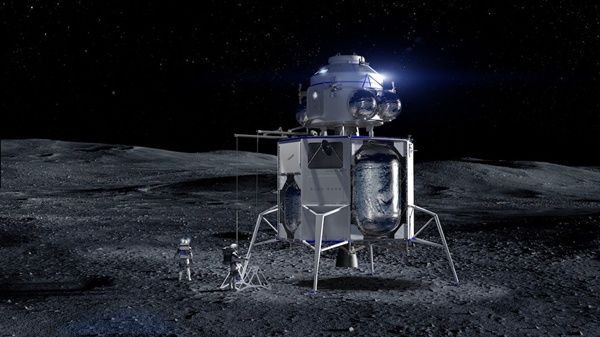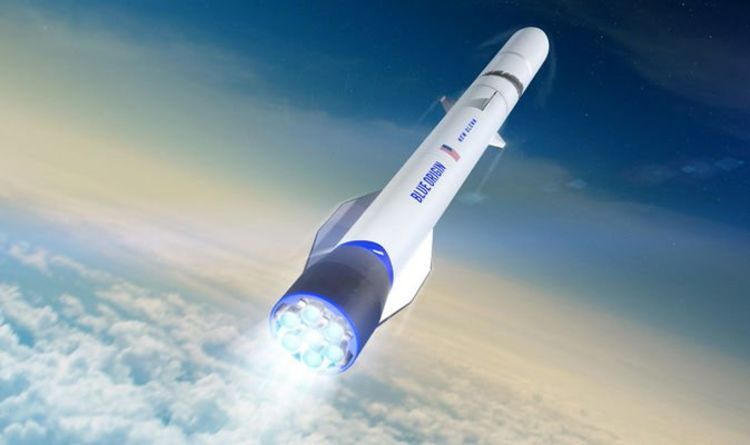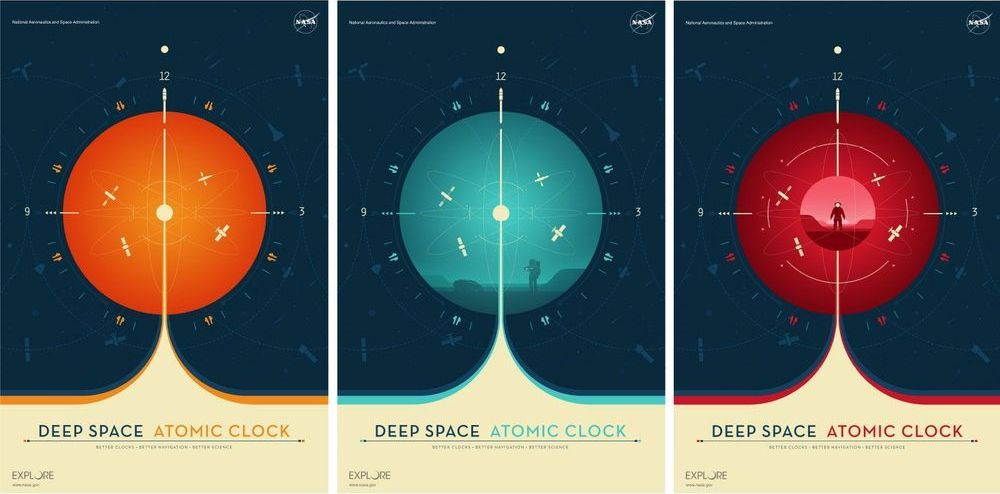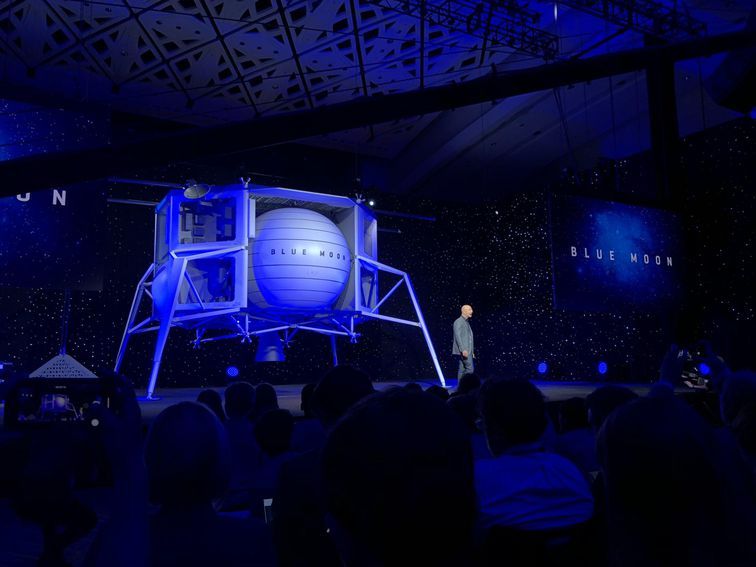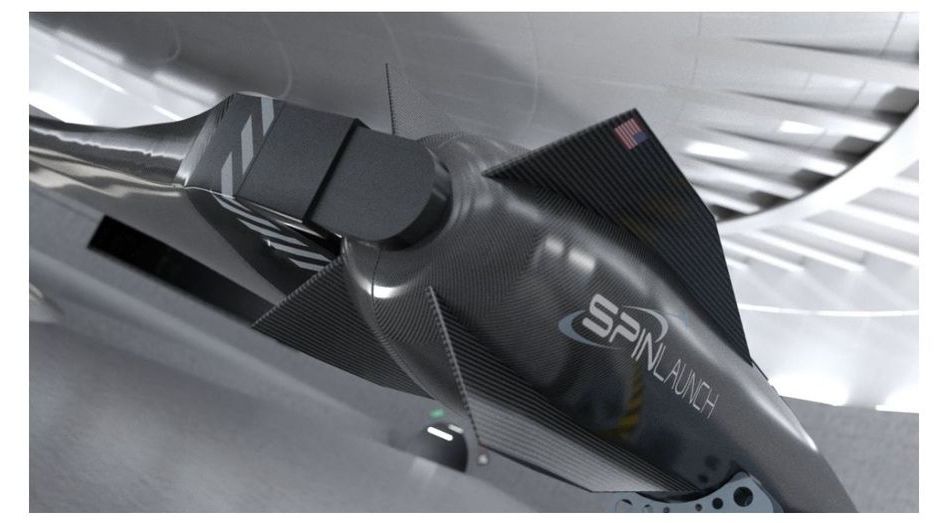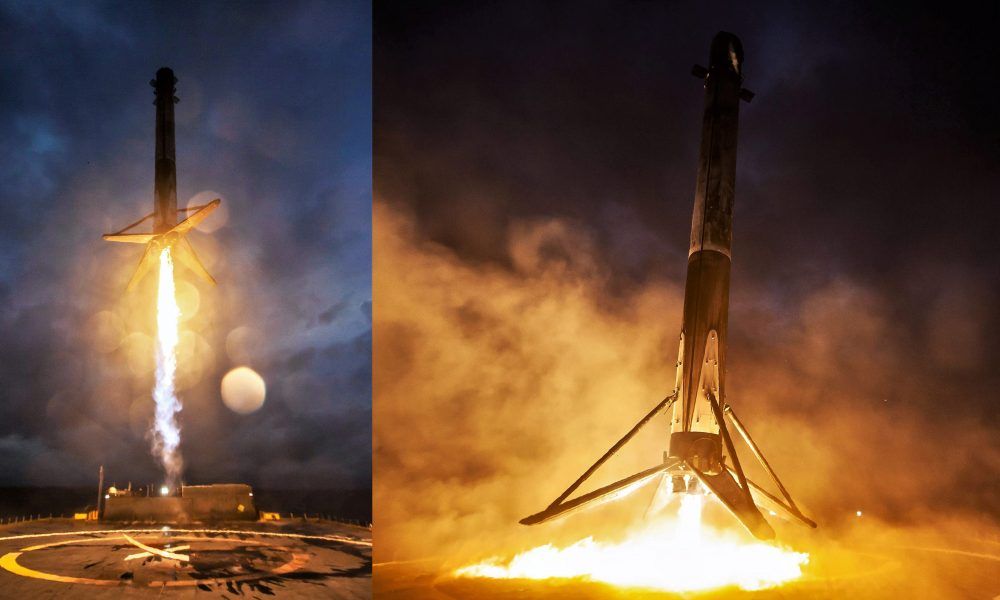In an unexpected last-second change, SpaceX has moved Falcon Heavy Flight 3’s center core landing on drone ship Of Course I Still Love You (OCISLY) from 40 km to more than 1240 km (770 mi) off the coast of Florida.
Drone ship OCISLY is already being towed to the landing site, necessary due to the sheer distance that needs to be covered at a leisurely towing pace. The current record for distance traveled during booster recovery was set at ~970 km by Falcon Heavy center core B1055 in April 2019. If successful, Falcon Heavy center core B1057 will smash that record by almost 30% after sending two dozen spacecraft on their way to orbit. Falcon Heavy Flight 3 is scheduled to lift off in support of the Department of Defense’s Space Test Program 2 (STP-2) mission no earlier than 11:30 pm ET (03:30 UTC), June 24th. A routine static fire test at Pad 39A will (hopefully) set the stage for launch on Wednesday, June 19th.


